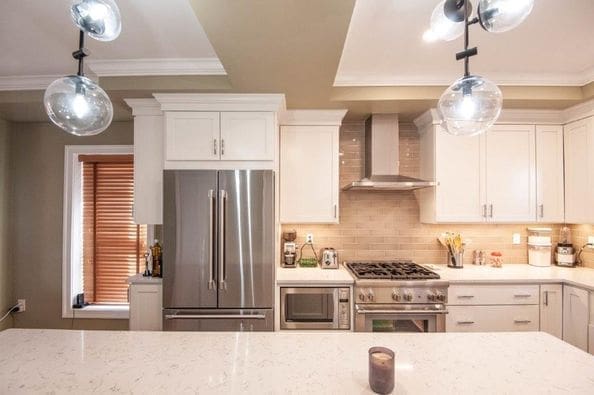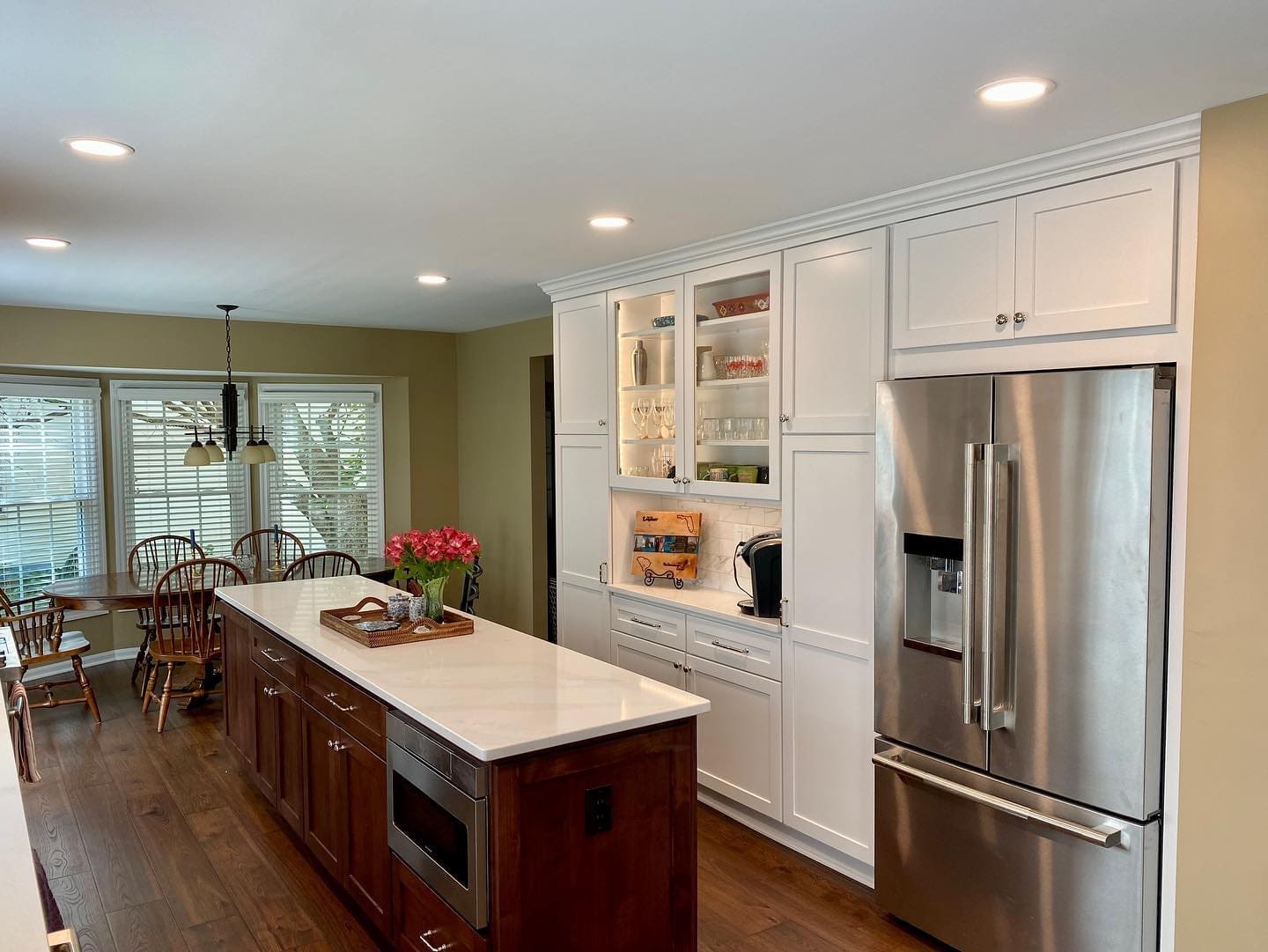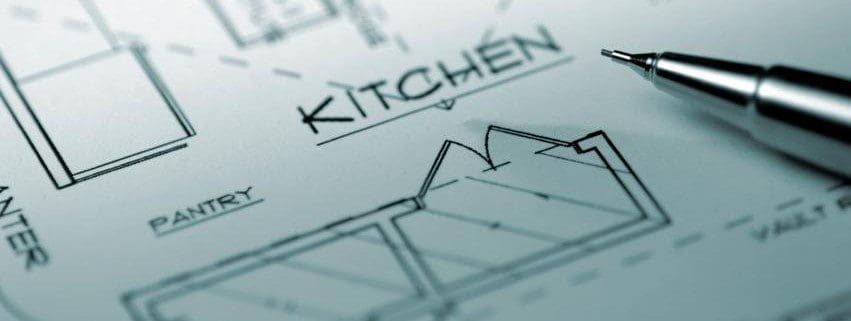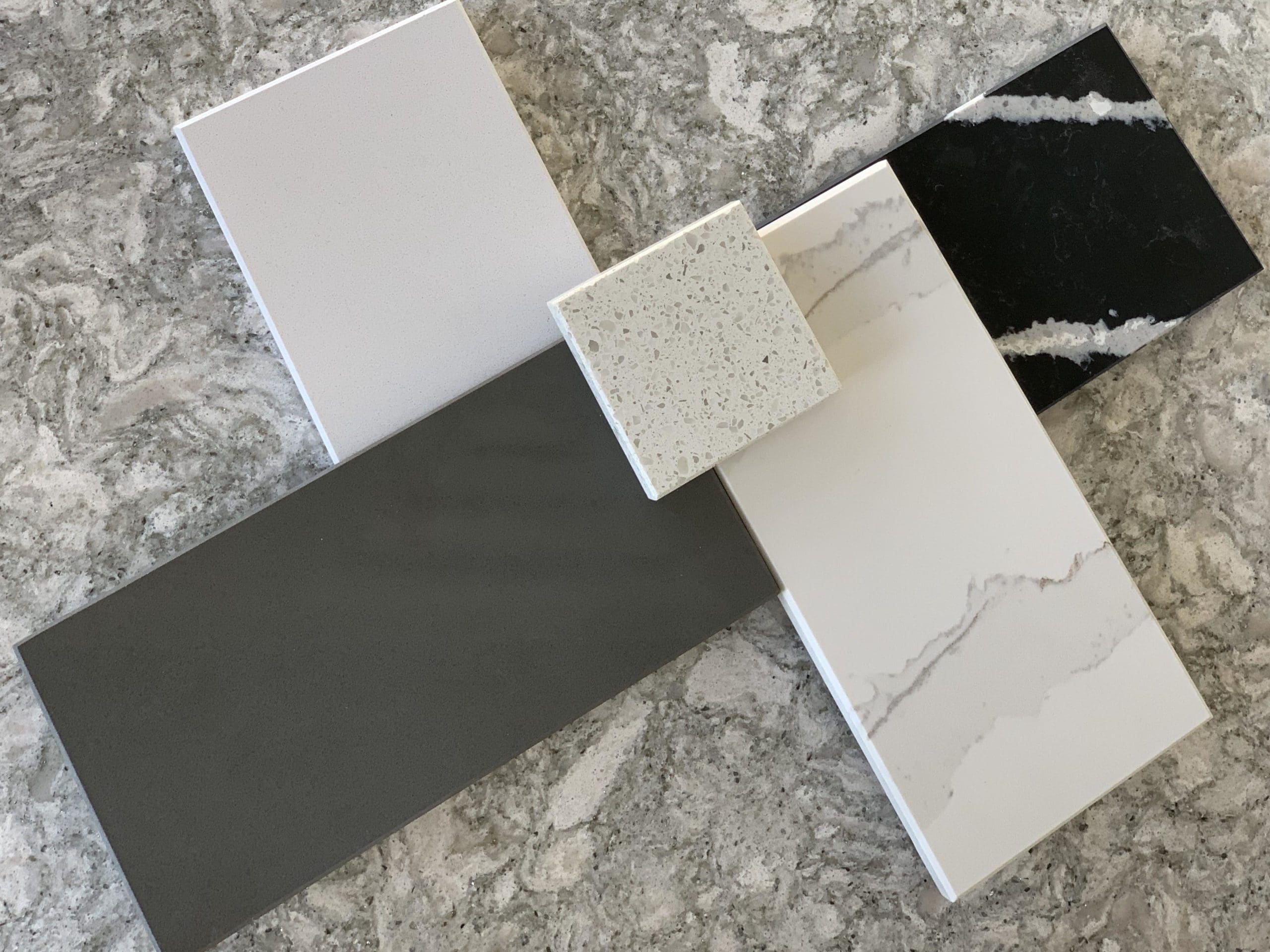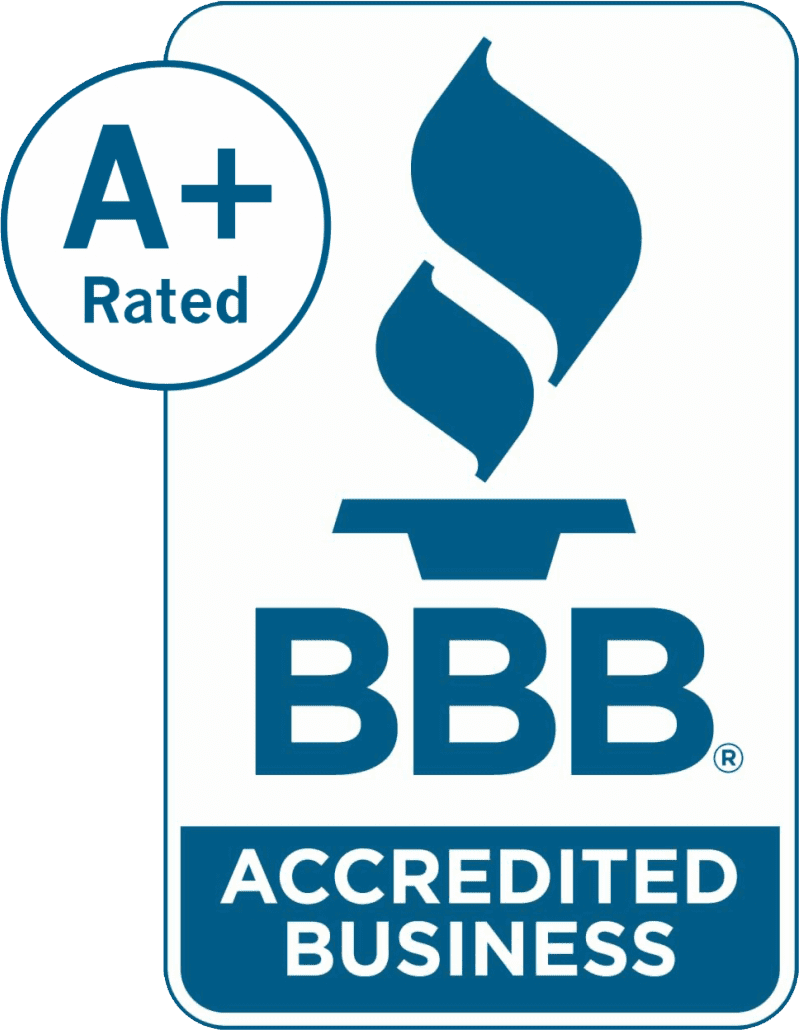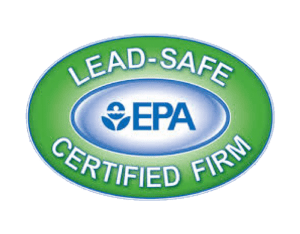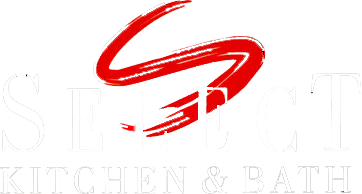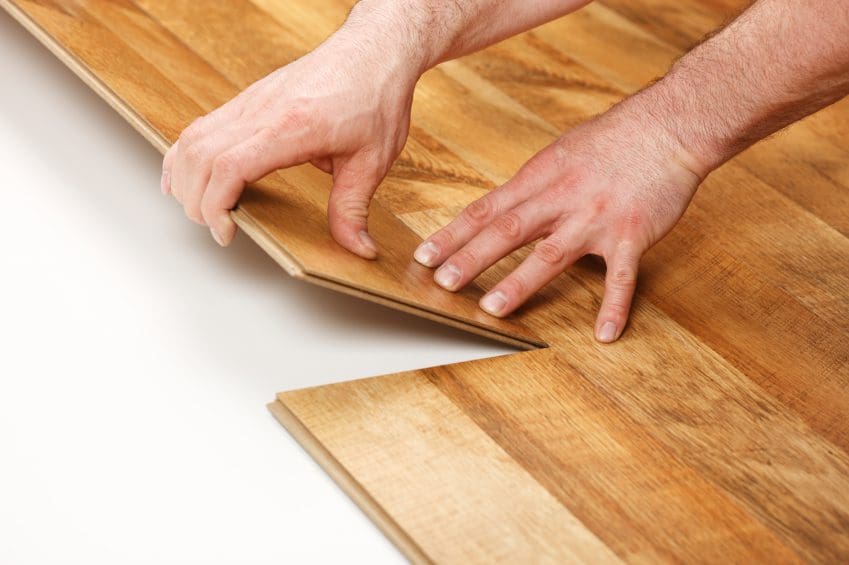 Since its introduction into the American flooring market in 1994, under the trade name of ‘Pergo’, laminate flooring has become a viable choice in today’s kitchens. The product is basically a plank (roughly measuring 6”W x 4’L x 1/4” T) made of highly compressed wood byproduct with a layer of decorative melamine fused to the surface. A tongue-and-groove fastening system is milled into the edge of the plank for installation purposes. The original products were meant to be glued together with an extremely effective, waterproof adhesive that provided a permanent bond from plank to plank. The installation is also considered a ‘floating’ system, whereby the product is not adhered to the sub-floor but, instead, is fit together like a large puzzle, which simply lies atop the sub-floor. This manner of installation was heralded as somewhat of a ‘problem-solver’ as there was very little sub-floor preparation required and it was rigid enough to bridge minor sub-floor imperfections.
Since its introduction into the American flooring market in 1994, under the trade name of ‘Pergo’, laminate flooring has become a viable choice in today’s kitchens. The product is basically a plank (roughly measuring 6”W x 4’L x 1/4” T) made of highly compressed wood byproduct with a layer of decorative melamine fused to the surface. A tongue-and-groove fastening system is milled into the edge of the plank for installation purposes. The original products were meant to be glued together with an extremely effective, waterproof adhesive that provided a permanent bond from plank to plank. The installation is also considered a ‘floating’ system, whereby the product is not adhered to the sub-floor but, instead, is fit together like a large puzzle, which simply lies atop the sub-floor. This manner of installation was heralded as somewhat of a ‘problem-solver’ as there was very little sub-floor preparation required and it was rigid enough to bridge minor sub-floor imperfections.
Its initial introduction into the domestic market saw remarkable results in sales and popularity. Consumers loved the durable surface and how easily the product was to maintain; and it quickly became the product of choice for households that were prone to allergens. However, the glue-together feature became a huge issue because it required a special clamping system and the adhesive was impossible to clean off of the surface of the plank; and, once dried, left a very noticeable discoloration that detracted from the plank’s pristine look. In late 1997, under the trade names of ‘Alloc’ and ‘Uniclic’, two laminate companies introduced a ‘click-together’ flooring plank that didn’t require an adhesive to hold the planks together, they simply snapped together. In the two years that followed, over a hundred new laminate manufacturers sprung to life, licensing the ‘dry-fit’ installation systems of ‘Alloc’ and ‘Uniclic’ and signaling that laminate flooring was a flooring option to be reckoned with!
Style, Performance and Installation Benefits
While the original laminates were photographic renditions of natural woods, each plank was identical in color and grain, which rendered a very consistent visual that lacked the authenticity of real wood. Today’s laminates are truly more realistic in mimicking the random grain patterns, coloration deviations and character of real wood flooring. Laminates are also available in a tile format which really resembles the real thing, whether ceramic tile or natural stone. Manufacturers have even developed a ‘relief’ technology that adds noticeable texture to the surface like hand-scraped wood planks or well-defined grout lines in tiles. Such replications are quite staggering in their visual similitude to the original products.
Little has changed with the product with regards to topical performance features. Laminates are extremely scratch and indentation resistant and present a slick, impermeable surface that is incredibly easy to maintain. The product is impervious to staining agents and will not harbor or promote any form of mold and mildew growth. You’ll find a variety of sheen levels available on these products, from a very low-luster patina to an extremely high, mirror-like shine. The level of shine doesn’t affect the performance but, as you might assume, any change in a high-sheen product will be much more noticeable than in a low-luster product.
The advent of a dry-fit ‘click’ installation system enables the product to be extremely ‘modular’. What this implies is that the floor, like a puzzle of identical pieces, can be taken apart as easily as it was put together. So, should a plank or tile become damaged, it is relatively simple to change-out. The beauty of a laminate, really, is that there are no dye-lots. This means that the product coming off of the manufacturing line in the year 2011 will exactly match one that was made in 2013. This inherent feature ensures a perfect repair, if necessary, as well as a completely unnoticeable transition if the floor is to be expanded.
A Short List of Cons
At its base, laminates are a compressed wood byproduct; and, in some instances, that byproduct is actually paper or cardboard (low-end laminates). Regardless of the finite composition, laminates are very vulnerable to water damage as these ‘cores’ will be permanently compromised with the introduction of water. While the glue-together products were cumbersome to install, the glue provided a perfect inhibitor for water penetration. The dry-fit products don’t have that level of barrier, so spills need to be addressed quickly.
Laminates are photographic renderings of authentic products and even though they may look like the real thing they don’t feel like the real thing. Given that they’re a ‘floating’ floor, with air-space beneath them, there’s a slight ‘give’ to the surface that is not true to real hardwood or real tile. There is no such thing as re-dressing or refinishing a laminate floor. Although the process of replacing a plank or tile is pretty straightforward, replacement is the only option to addressing a significant blemish. Lastly, even though the laminate may be one which has a fair amount of surface texture, your dog and cat will likely curse you for awhile. These floors can be quite slick and it takes a little bit of time for these types of pets to get used to walking on them.

